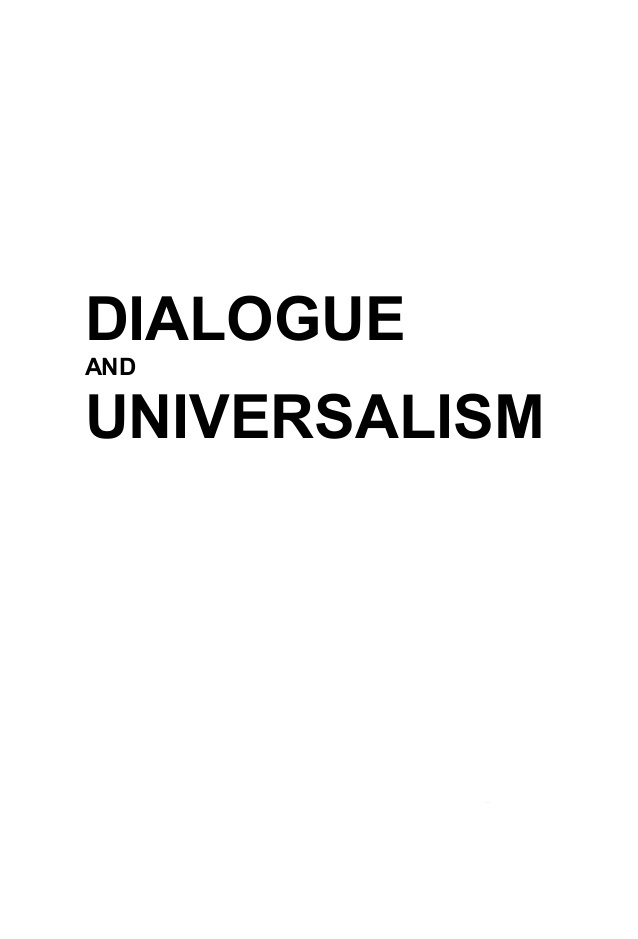MAN, ANIMAL, AND MIRROR. ORIGINS OF THE HUMAN “I”
ACCORDING TO HELMUTH PLESSNER AND JACQUES LACAN
MAN, ANIMAL, AND MIRROR. ORIGINS OF THE HUMAN “I”
ACCORDING TO HELMUTH PLESSNER AND JACQUES LACAN
Author(s): Paweł DybelSubject(s): History of Philosophy, Philosophical Traditions, Special Branches of Philosophy
Published by: Instytut Filozofii i Socjologii Polskiej Akademii Nauk i Fundacja Filozofia na Rzecz Dialogu
Keywords: I; ideal I; dismembered body; mirror image; psychosis; narcissism; personality
Summary/Abstract: In the article I compare the concept of the human “I” of Helmuth Plessner that underlies his philosophical anthropology with the theory of “mirror stage” by Jacques Lacan. Both they have been inspired by the experiment of Wolfgang Köhler in which a child and chimpanzee reacted differently to their image in a mirror. Plessner and Lacan drew different conclusions from this experiment. Plessner maintained that the child who recognizes its image in the mirror as its own takes into account the possibility of its replacement by other “I” on the level of its social roles and functions. Yet, at the same time it knows very well that nobody will be able to replace its own individual “I.” While Lacan says that the ideal image of “I” has the status of the defence-symptom representing an alternative to the feeling of dismembered body that the child experiences in the early phase of its life. This image of “I” is not given forever but is always endangered by the possibility of destruction and regress on its early stage of the dismembered body.The telling testimony of this is the passage au acte by psychotics in which the ouburst of aggression is accompanied by the destruction of “I.” Or the cases in which the I assumes the pathologically exaggerated shape. This possibility of destruction of I that is inherently rooted in its structure has been misrecognized by Plessner.
Journal: Dialogue and Universalism
- Issue Year: 2018
- Issue No: 4
- Page Range: 125-140
- Page Count: 16
- Language: English
- Content File-PDF

